Socotra dragon tree is an iconic and ancient tree species native to the island of Socotra. It is an important symbol of the island and a unique addition to the world’s biodiversity. The tree is characterized by its distinctive appearance, swollen trunk that tapers upwards and branches that spread out like an umbrella.
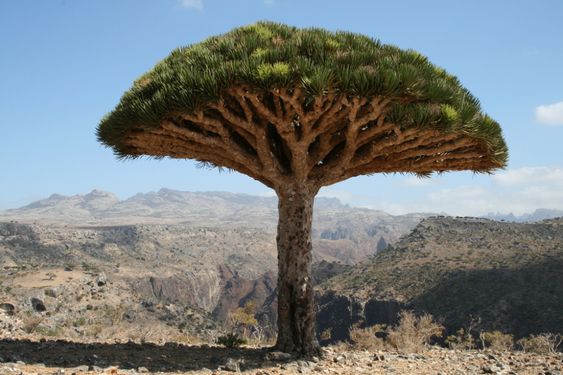
The Socotra dragon tree is a member of the genus Dracaena, which includes around 120 species of trees and shrubs. It is one of the oldest known trees with some individuals estimated to be over 1000 years old. Its longevity is due to its ability to store water in its trunk and survive in harsh desert environments.
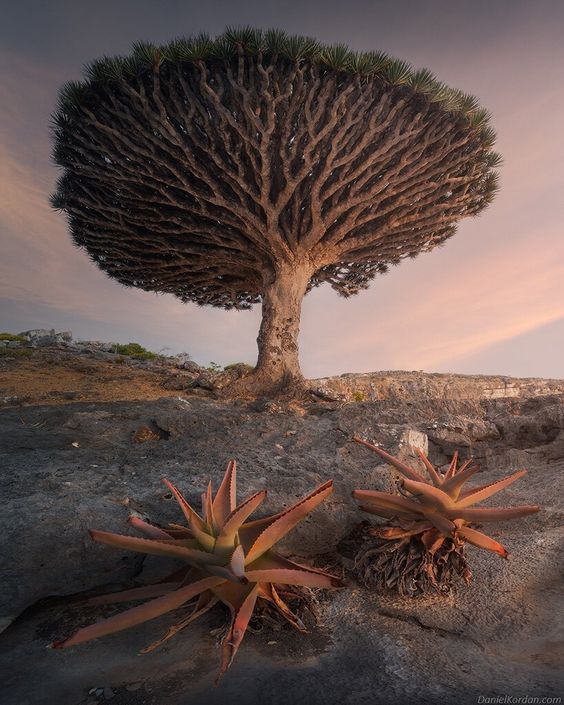
The tree’s resin, known as dragon’s blood, has been used for centuries for medicinal and cosmetic purposes. It has been used to treat a variety of ailments, including diarrhea, fever, and respiratory infections. It is also used in the production of varnish, incense, and dyes.
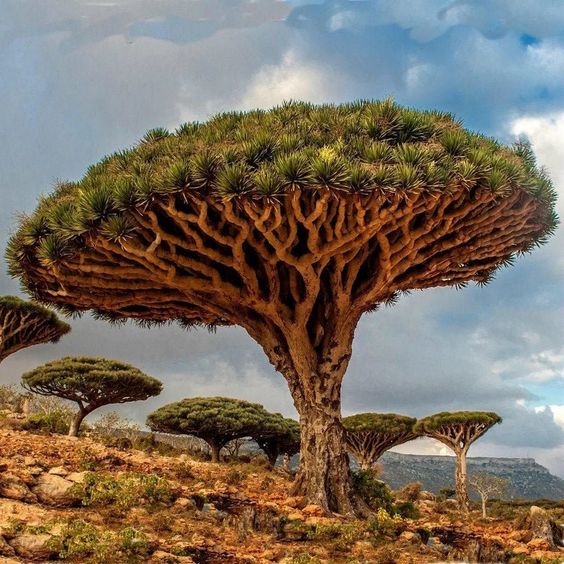
Unfortunately, the Socotra dragon tree is threatened by habitat loss and climate change. The island’s unique ecosystem is under threat due to unsustainable agricultural practices, overgrazing. In addition, the tree’s slow growth and low reproductive rate make it vulnerable to extinction.
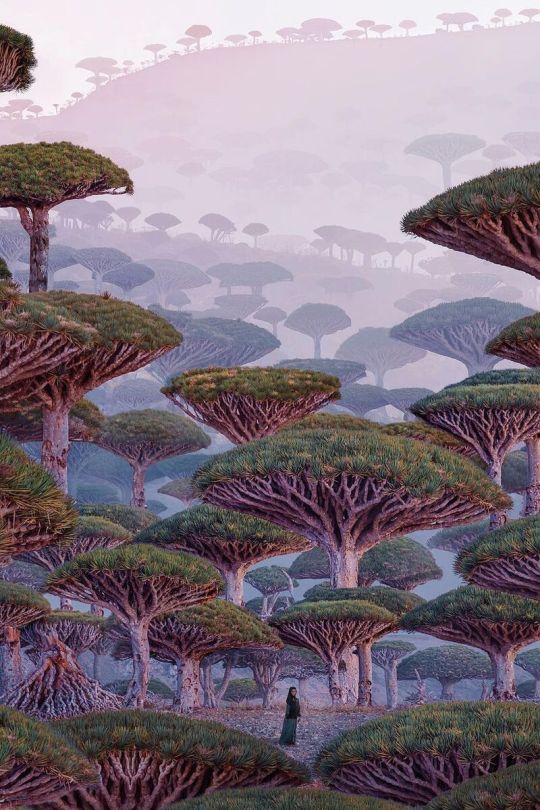
Efforts are being made to protect the Socotra dragon tree and its habitat. The island has been designated a UNESCO World Heritage site, and conservation organizations are working to promote sustainable land use practices and protect the island’s biodiversity.
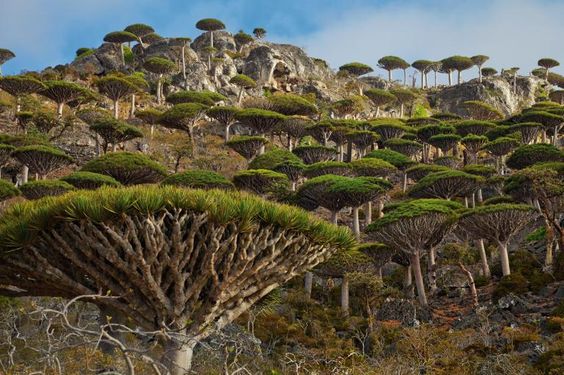
In conclusion, the Socotra dragon tree is an iconic and ancient tree species that has played an important role in the lives of the people of Socotra for centuries. Its unique appearance, medicinal properties, and cultural significance make it a valuable addition to the world’s biodiversity. Efforts must be made to protect this remarkable tree and ensure its survival for future generations.





